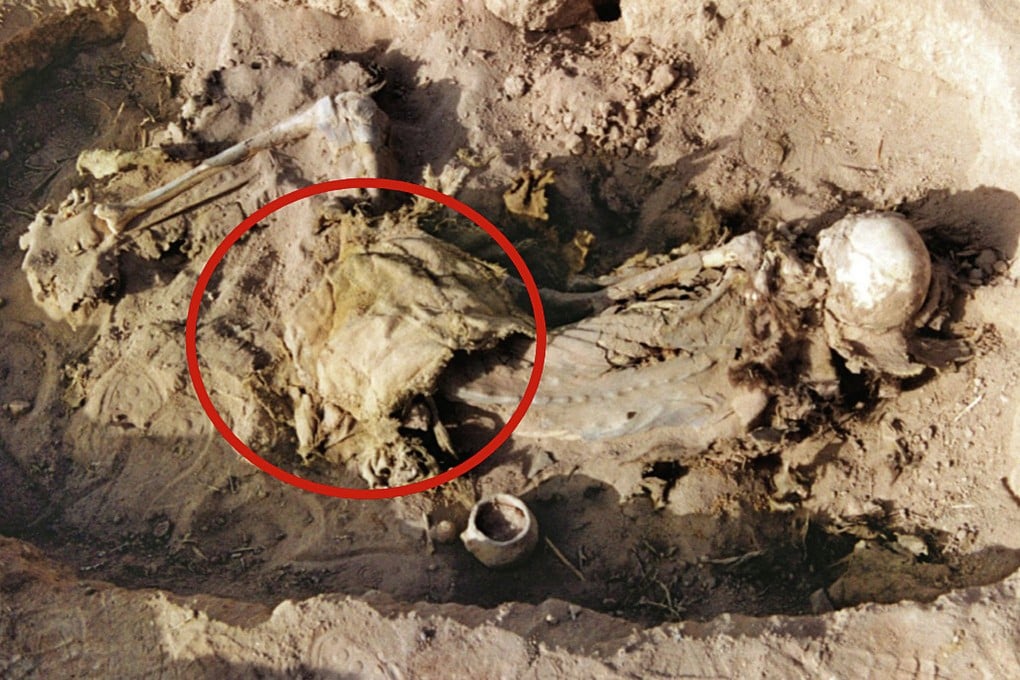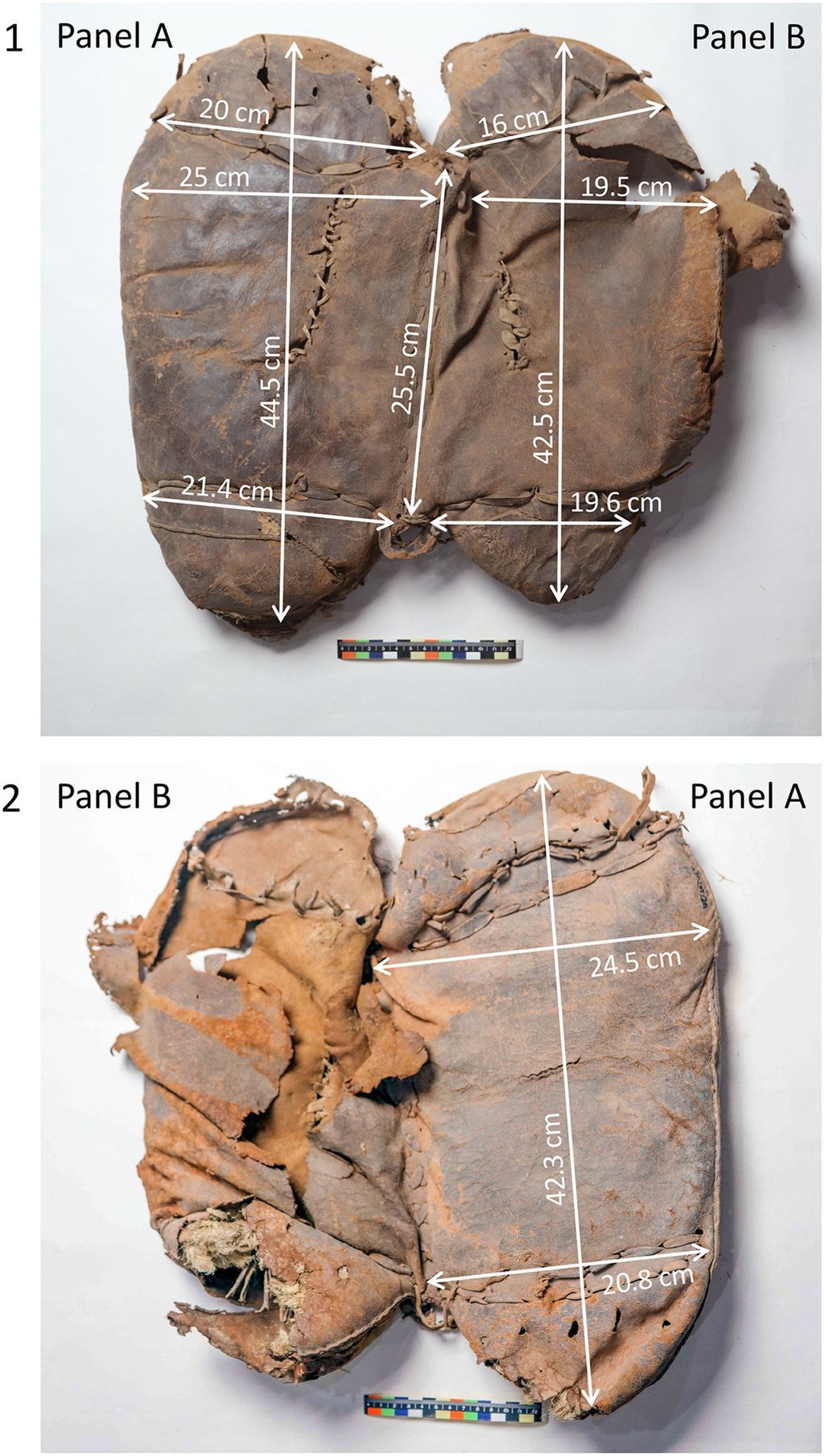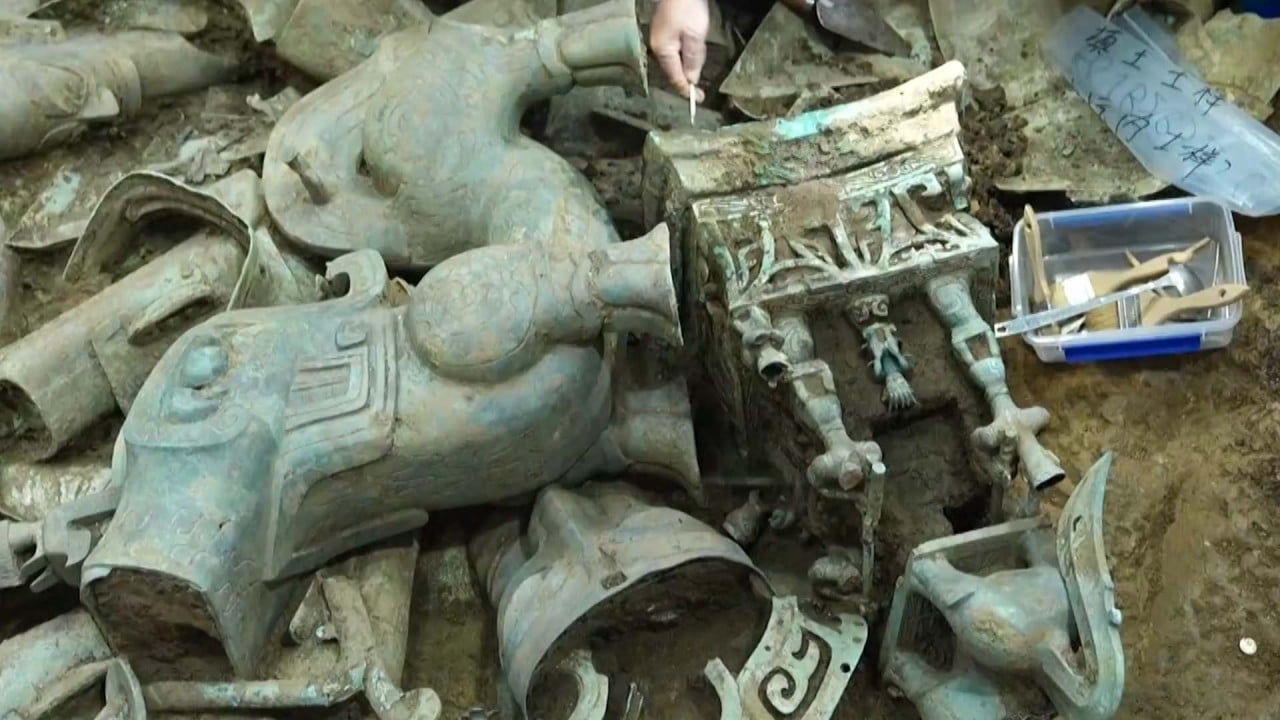A saddle in a 2,700-year-old Xinjiang tomb – and a clue to the history of horse riding
- The tomb relic was radiocarbon dated to between 727BC and 396BC and had cushions of cowhide filled with deer and camel hair and straw
- Previously, the earliest saddles confirmed by archaeologists came from Scythian Pazyryk site in Altai region of Xinjiang and eastern Kazakhstan

The saddle, unearthed from the tomb of a female at Yanghai cemetery in the Turpan Basin in Xinjiang, can be dated back up to 2,700 years ago.
The discovery confirms that Xinjiang played an important role in the history of horse riding during the first half of the first millennium BC, according to the study published in the peer-reviewed journal Archaeological Research in Asia on May 23.
Meanwhile, the saddle from Yanghai “currently stands at the beginning of the history of saddle making”, according to the authors who hail from Switzerland, China, Germany, Britain and Russia.
In the tomb, the woman had been dressed in a hide coat, woollen trousers and short leather boots although most of her clothes had decayed, according to the study.
The tomb further contained a single-handed pottery cup, a braided woollen band, remains of woollen fabric and “a leather saddle placed on her buttocks as if she was seated on it”.

The saddle had basic elements similar to those still used today. It had two oval-shaped cushion pads with four support elements in the corners and a central channel, the study said.
